Light can tie knots—literally. Engineers at Duke University have managed to manipulate laser beams to form intricate 3D patterns called optical knots, using custom-designed optics. These twisted beams could one day carry information or measure…
Category: 4. Physics
-
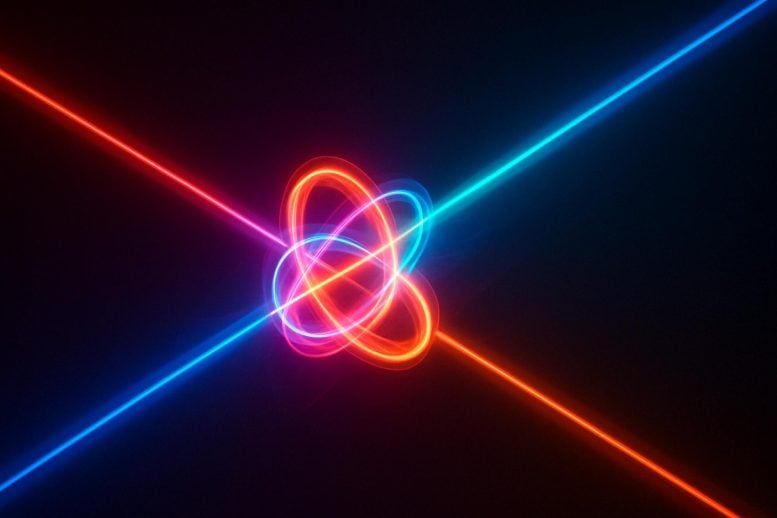
How Scientists Are Tying Light in Midair to Send Messages Through Chaos
-
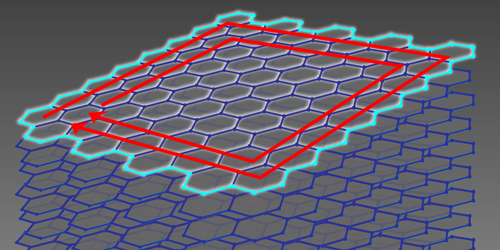
Physics – Chirality Switching On Demand
• Physics 18, 85
A device made of multilayer graphene exhibits topologically protected edge currents whose direction…
Continue Reading
-
Photonic Computing Takes a Step Toward Fruition
• Physics 18, 84
Two newly developed computer chips, powered in part by light, have tackled complex computing tasks once considered out of reach for photonic systems.
Lighmatter
A quadcore photonic processor developed by… Continue Reading
-
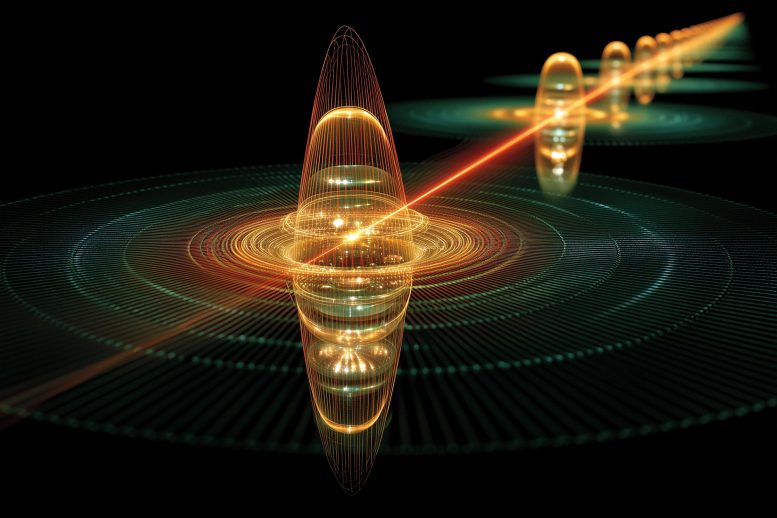
Quantum Sensors That Hear Magnetic Whispers – And Push Physics to Its Limit
Quantum magnetometers can detect incredibly small changes in magnetic fields by tapping into the strange and powerful features of quantum physics. These devices rely on the discrete nature and coherence of quantum particles—behaviors that give…
Continue Reading
-

Quantum Shockwave: 1D Magnetism Discovered Inside a Metallic Crystal
Scientists have discovered a rare form of one-dimensional quantum magnetism in a metallic compound called Ti4MnBi2, marking a major leap in quantum materials research. Unlike previous materials that were insulators, this system is metallic and…
Continue Reading
-

Not Just Geometry: Organic Superconductors Flip Physics Rules
Chirality in organic superconductors was found to induce giant spin-current coupling, mimicking strong spin-orbit effects. This opens new pathways for advanced superconducting devices. Recent studies have shown that electrons traveling through…
Continue Reading
-
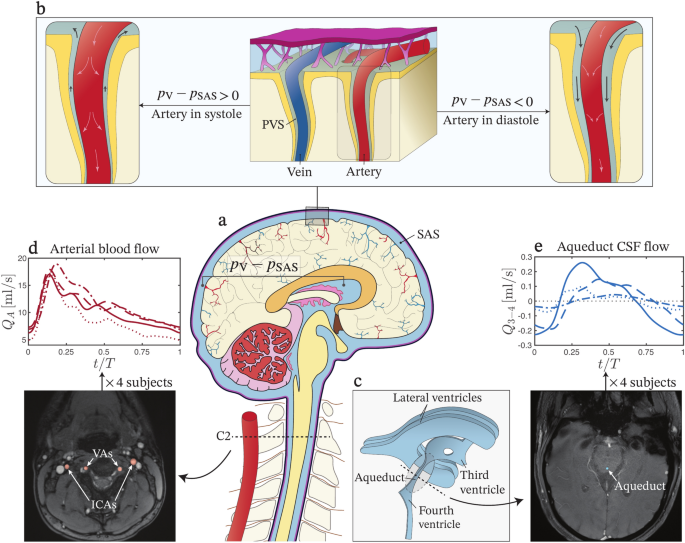
Arterial pulsations and transmantle pressure synergetically drive glymphatic flow
Evaluation of the transmantle pressure and arterial wall displacement
The periarterial spaces around the cerebral arterial tree constitute a complex branched network stretching from the SAS to the interior of the brain (Fig. 1a,b). The CSF…
Continue Reading
-
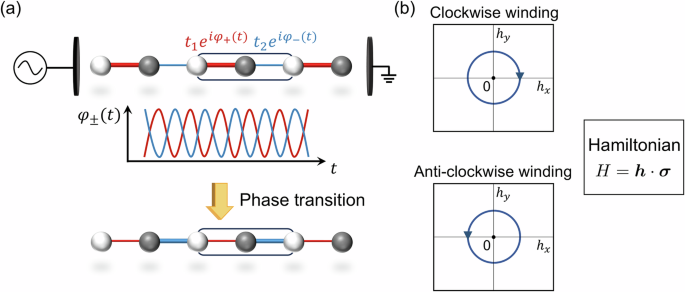
Probing floquet topological phase transition in room-temperature superradiance lattices
Model
We perform the experiment in a 2 cm long naturally abundant rubidium vapor as shown in Fig. 2. A titanium sapphire laser (Spectra-Physics, Matisse CX, 1 mm e−2 beam width) is divided to two counter-propagating laser fields,…
Continue Reading
-
Symmetries of Weyl superconductors with different pairings
After reviewing the concept of SSB of the \(U(1)_A\) symmetry in the context of Dirac equation, we now investigate the relevant symmetries for WSMs after they become 3DWS as a consequence of the SSB. In this regard, we consider a minimal…
Continue Reading
-

High-temperature ferrimagnetic order triggered metal-to-insulator transition in CaCu3Ni2Os2O12
Crystal structure of CCNOO
Figure 1b illustrates the synchrotron powder X-ray diffraction (SXRD) pattern and related Rietveld refinement results for CCNOO at 300 K. A more detailed view for the low-angle region, with a reduced intensity scale,…
Continue Reading
